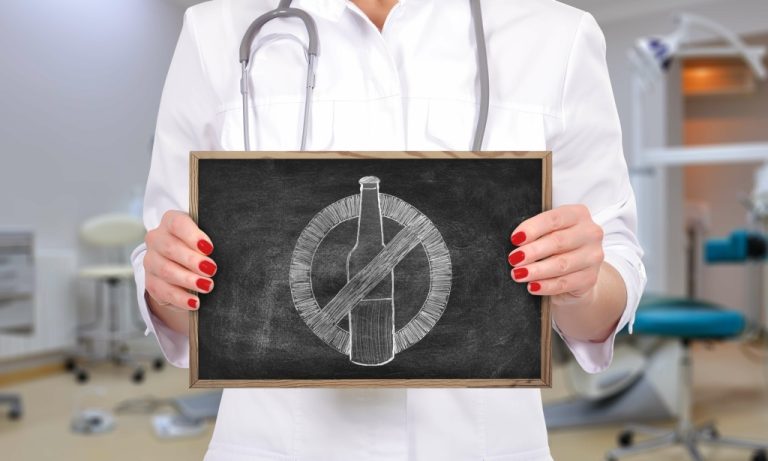It does not alter the metabolism or absorption of alcohol in any way, nor does it prevent patients from becoming intoxicated if they drink alcohol. However, it was initially approved for the treatment of Opioid Dependence in 1984, because the medication works by blocking the effects of opioids. Once you feel comfortable, you can try increasing it back to a more therapeutic dose.2. Instead of taking 50 mg once daily, you could take 25 mg twice daily.3. Combine the naltrexone with an over-the-counter medication that addresses the side effect.
Addictions

The most important rule of the Sinclair Method is consistency in taking the medication. Naltrexone must be taken every time before drinking — ideally, about one hour prior. Skipping doses can disrupt progress and reintroduce pleasurable reinforcement. However, after 4-6 hours from the initial dose of naltrexone, this wall becomes weaker because the maximum naltrexone concentration in the blood has worn off and is being metabolized. Due to naltrexone’s concentration in the blood, some individuals may require a second dose of naltrexone or a higher initial dose to ensure this “wall” remains effective. Like other chronic diseases, addiction often involves cycles of relapse and remission.
- Over time, the brain begins to “learn” that alcohol no longer yields the desired reward.
- But when naltrexone blocks opioid receptors, that pleasurable feedback loop is disrupted.
- This approach is different from traditional abstinence-based treatments for alcohol addiction, as it allows individuals to continue drinking while working towards reducing their alcohol consumption.
- Over time, the brain stops associating alcohol with pleasure, reducing cravings naturally.
- Naltrexone is contraindicated in acute hepatitis or liver failure, and its use for a patient with active liver disease must be carefully considered in light of its hepatotoxic effects.
“ALCOHOL USE DISORDER” TREATMENT:
Side effects like nausea or dizziness, while usually mild, typically resolve within a heroin addiction few days. The standard dose, the one most people take, is 50 mg a day — a single white tablet, that if all goes well, quietly begins to rewire your brain’s relationship to alcohol. Research has demonstrated that liver functioning generally improves in patients taking Naltrexone, because alcohol is far more damaging to the liver. This is largely because it neglects to address the mental toll that alcoholism can have on a person. Ironically, for the Sinclair Method to work, the patient has to continue consuming alcohol.

Who Should Consider TSM?
- By the time you begin sipping, opioid receptors are largely blocked.– If you spontaneously decide to drink with less than an hour’s notice, it’s recommended to take the medication anyway, even if not perfectly timed.
- Patients who achieve Sinclair Method success must be motivated to carry out this method exactly as their physician prescribes.
- Here’s some key information to help you gain a better understanding of the Sinclair Method and prepare for a conversation with your healthcare provider.
- This allows for a gradual decline in alcohol intake, and over time, many people can either maintain sobriety or achieve controlled drinking that feels manageable and safe.
- While it minimizes cravings, it is essential to remember that people also drink for other purposes, including social reasons, boredom, habit, and as a way to dampen emotional pain.
- The discontinuation of naltrexone is possible, but it should be done under the supervision of a healthcare provider to ensure that relapse or cravings do not return.
Naltrexone is generally affordable, and the need for intensive therapy or prolonged stays in treatment centers is minimized. Here’s some key information to help you gain a better understanding of the Sinclair Method and prepare for a conversation with your healthcare provider. Get therapy and Sinclair method medical care—just $25 with insurance, no hidden fees— for alcohol recovery, depression, everyday illnesses, and more. However, naltrexone can also cause more serious issues, such as blurry vision, diarrhea, confusion, increased blood pressure or heart rate, and liver failure or acute hepatitis. (So naltrexone could be dangerous to take if we have liver disease.) This is why it’s vital to talk to a medical professional to help determine the right course of action for us individually. TSM works for both daily and occasional drinkers—as long as naltrexone is taken before drinking.
Naltrexone in alcohol dependence.

Sinclair first observed the effects of naltrexone on drinking behavior in his animal research. In animals that had been trained to drink alcohol, they would press a lever repeatedly to obtain it. Sinclair found that if the longer they were deprived of alcohol, the more they would press the lever. This approach https://hublee.com.br/substance-abuse-and-addiction-counselor/ was introduced by John David Sinclair, a researcher who discovered that naltrexone could be used to block alcohol-reinforcing effects. It is sometimes described as targeting naltrexone to use only when needed.
